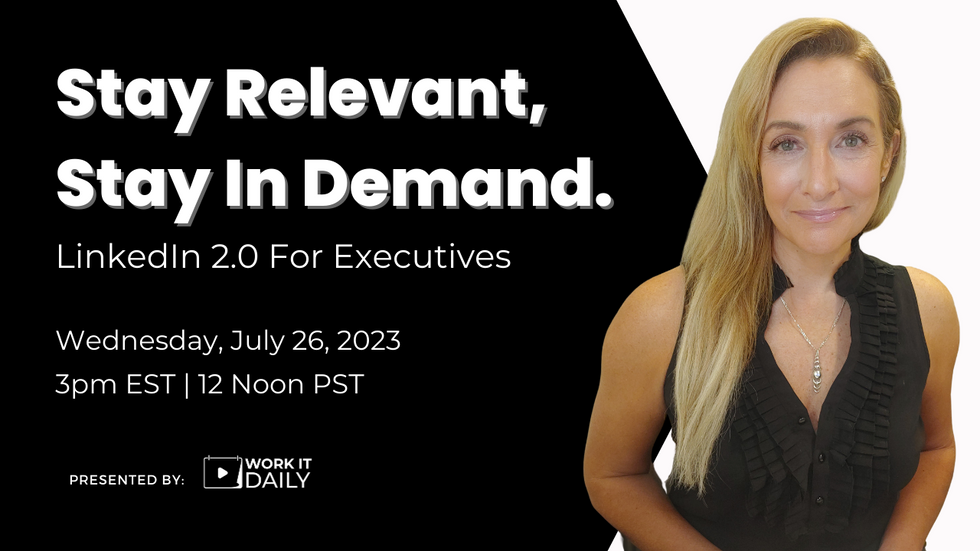3 Areas Where Job Seekers Make The Biggest Mistakes

In a job market where there are plenty of applicants, it only takes one mistake to ruin your chances. As a job seeker, you need to know what the common mistakes are and work to avoid them so you lead a successful job search, impress managers with your resume, and make a positive mark at the job interview.
These are the 13 biggest mistakes to avoid in the job search, divided into three categories: job search, resume, and interview. Which job search mistakes are you making?
Job Search Mistakes

1. Relying solely on job boards for opportunities â it has the least effectiveness rate when compared with using recruiters and networking through contacts.
2. No online presence â employers and recruiters scour for talent on LinkedIn, so if you’re not there and not optimized for the right keywords, you’re missing out.
3. Ineffective networking â most people think that networking is telling your contacts that you are looking for a job and giving them your resume. This is not effective as you’ve just lost control of your job search because you’re waiting on others to respond rather than being proactive in your pursuit.
Resume Mistakes

4. Lack of a good experience summary â it needs to speak to “Here’s what I can do for you.”
5. Irrelevant information â if it doesn’t apply to the job or the employer, it brings no value to your resume.
6. Not applying relevant keywords â hiring managers and the applicant tracking system (ATS) look for keywords that indicate a match with what they are looking for before taking more time to review the resume.
7. List of responsibilities instead of accomplishments and success achieved â employers want to know how well you performed on the job, so make sure to quantify your achievements.
Interview Mistakes
8. Late arrival â if you know you’ll be running late at least call to apologize and offer an update on your expected arrival time.
9. Lack of rapport â people hire people they like and feel comfortable around.
10. Not asking questions â demonstrate that you are truly interested in the opportunity.
11. Negative talk about your current or previous employer â this is not considered professional and employers do not want people who have had conflicts in their past jobs.
12. Unprepared and unfamiliar with the company â do your research and understand the employer’s business.
13. Poor body language â it can speak louder than your words
All of these mistakes are avoidable, so carefully review and properly plan and prepare your job search, resume, and interview techniques for the best results!
Need more help with your job search?
Become a member to learn how to land a job and UNLEASH your true potential to get what you want from work!
This article was originally published at an earlier date.






































